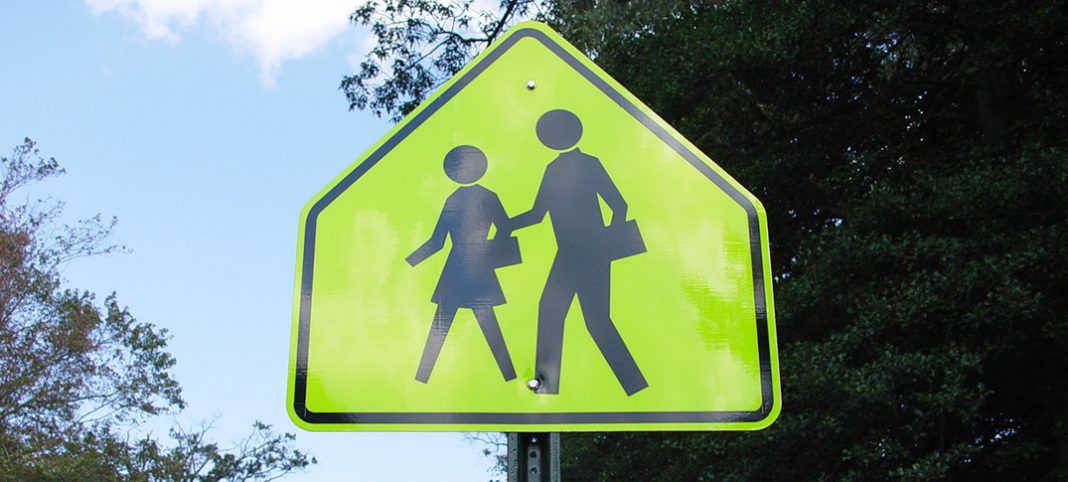Drivers react significantly faster to roads signs depicting movement, according to researchers in the United States.
Luca Cian and Aradhna Krishna from the University of Michigan and Ryan Elder from Brigham Young University published their study in the Journal of Consumer Research.
âA sign that evokes more perceived movement increases the observerâs perception of risk, which in turn brings about earlier attention and earlier stopping,â the study authors said. âIf you want to grab attention, you need signs that are more dynamic.â
Dynamic signs include images appearing to move at a higher speed. For example, the school crossing sign on the left of the image, from the U.S., has low dynamism. The one in the middle, from Poland, has more, and the one on the right is highly dynamic â the figures appear to be sprinting.
âIf the figures look like theyâre walking, then your brain doesnât worry about them shooting out into the road,â they said. âBut if theyâre running, then you can imagine them being in front of your car in a hurry.â
The authors pursued the research to explore how static imagery that implies motion can impact behavior. Using driving simulations, click-data heat maps, surveys, reaction time exercises and eye-tracking, the trio found that signs conveying a higher perception of movement lead to quicker action from observers.
In one study experiment, researchers found that participants in a driving simulation reacted an average of 50 milliseconds faster to warning signs with higher dynamism. For a car going 60 mph, that 50 milliseconds translates into an extra 4.4 feet of distanceâwhich can make a difference in close shaves.
In a second experiment, the team used eye-tracking technology to measure how long it takes a personâs eyes to notice a traffic sign. The eye-tracker results showed that signs with higher perceived movement attracted (and maintained) significantly earlier attention than static signs.
âThings that look like theyâre going to move get moved in our minds,â the authors said. âOur minds want to continue the motion that is contained within an imageâand that has important consequences.â
Cian, Krishna and Elder hope the study can ultimately influence policy leading to changes that help reduce accident-related injuries and deaths.



















